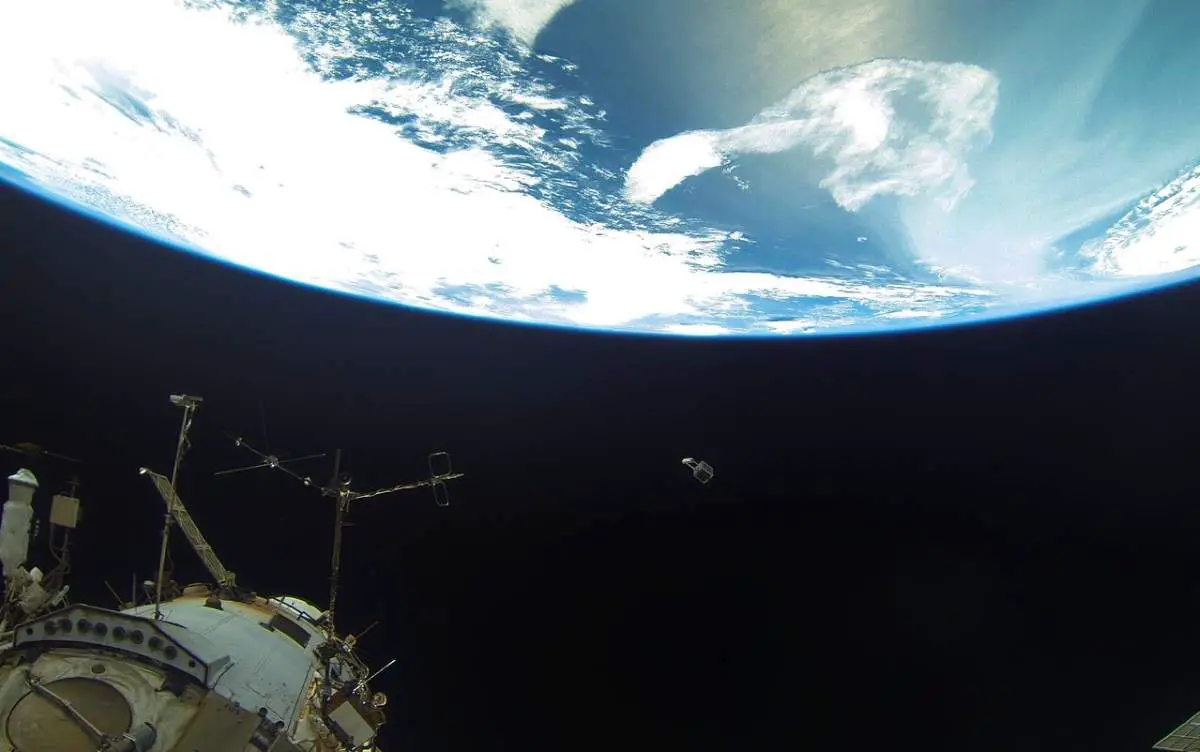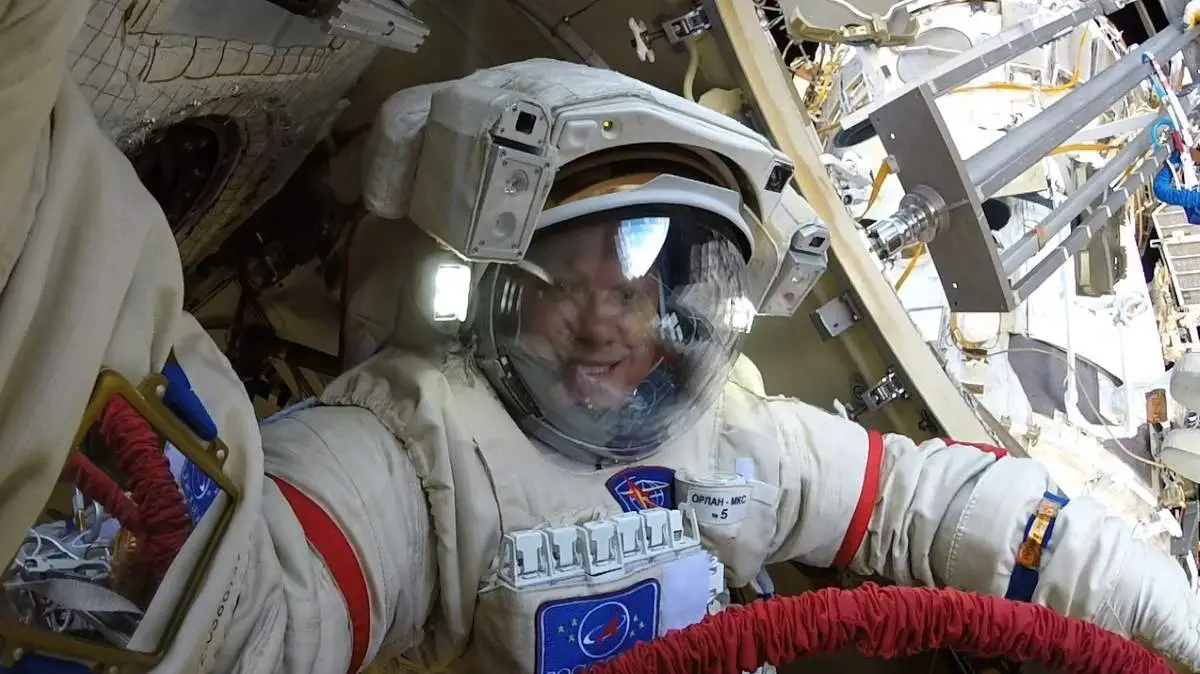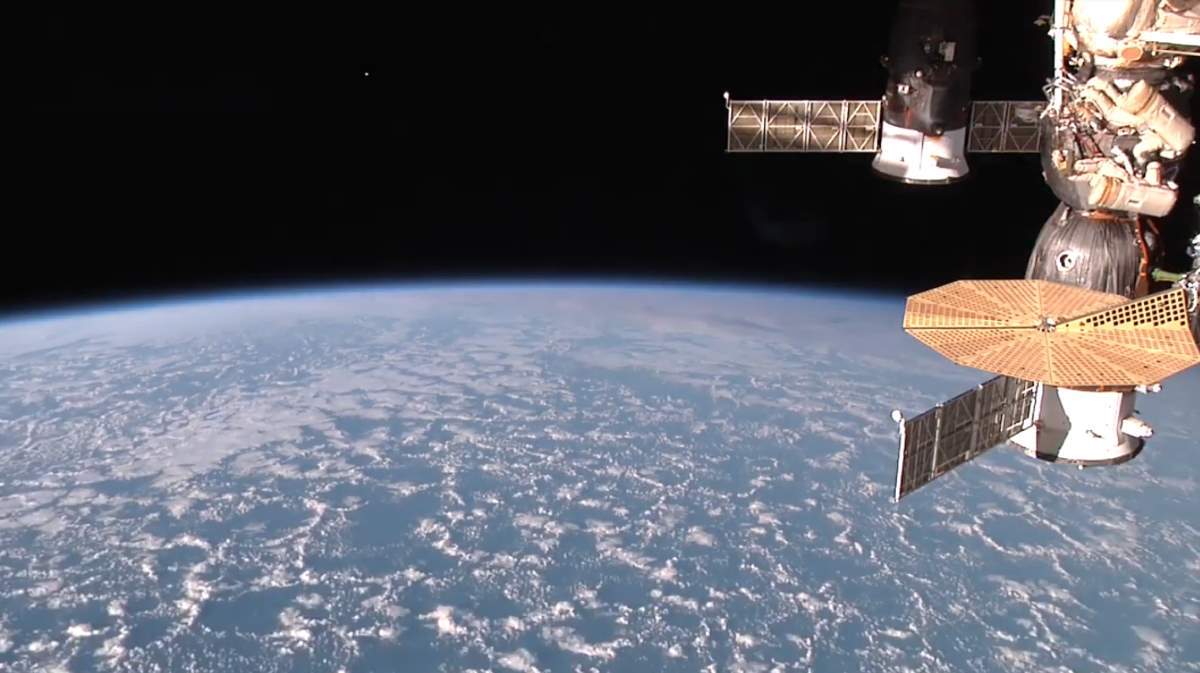On August 15, 2018, two Russian cosmonauts aboard the International Space Station performed one of the longest spacewalks in the history of space exploration. During the spacewalk lasting 7 hours and 46 minutes, Expedition 56 Flight Engineers Sergey Prokopyev and Oleg Artemyev manually launched four small technology satellites and installed a German-led animal-tracking project named Icarus onto the Russian segment of the space station. Two of the satellites were only the size of tissue boxes.

The spacewalk was the 212th from the International Space Station, and the seventh this year. The third in Artemyev’s career and the first for Prokopyev. The two cosmonauts opened the hatch to the Pirs docking compartment to begin the spacewalk at 12:17 p.m. EDT. They re-entered the airlock and closed the hatch at 8:03 p.m. EDT.


You can see more photos on Oleg Artemyev’s VK page. You can also follow Oleg Artemyev (@OlegMKS) on Twitter.
ICARUS Initiative
Short for International Cooperation for Animal Research Using Space, The ICARUS Initiative is an international effort to track the migratory patterns of small flying animals using satellite imagery. The project began in 2002.
ICARUS is a collaborative environmental experiment between the German Aerospace Center (DLR) and Roscosmos to study the migratory patterns of small animals on Earth. It consists of an antenna and GPS hardware to track the movements of animals that have been tagged with small GPS receivers. To study the migratory pattern of small animals, some of them were tagged with GPS hardware on Earth. The experiment may provide data about how animals move from one location to another, how animal population density shifts over time, and how diseases spread.
NASA’s Space to Ground is your weekly update on what’s happening aboard the International Space Station.
Sources
- “Cosmonauts Wrap Up Russian Spacewalk for Science Work” on NASA blog
- ICARUS Initiative on Wikipedia
- “Russian Cosmonauts Set Up Animal-Tracking System In Eight-Hour Spacewalk” on Radio Free Europe website
- ICARUS Initiative website
- Moon Landings: All-Time List [1966-2025] - February 2, 2025
- What Is Max-Q and Why Is It Important During Rocket Launches? - January 16, 2025
- Top 10 Tallest Rockets Ever Launched [2025 Update] - January 16, 2025

